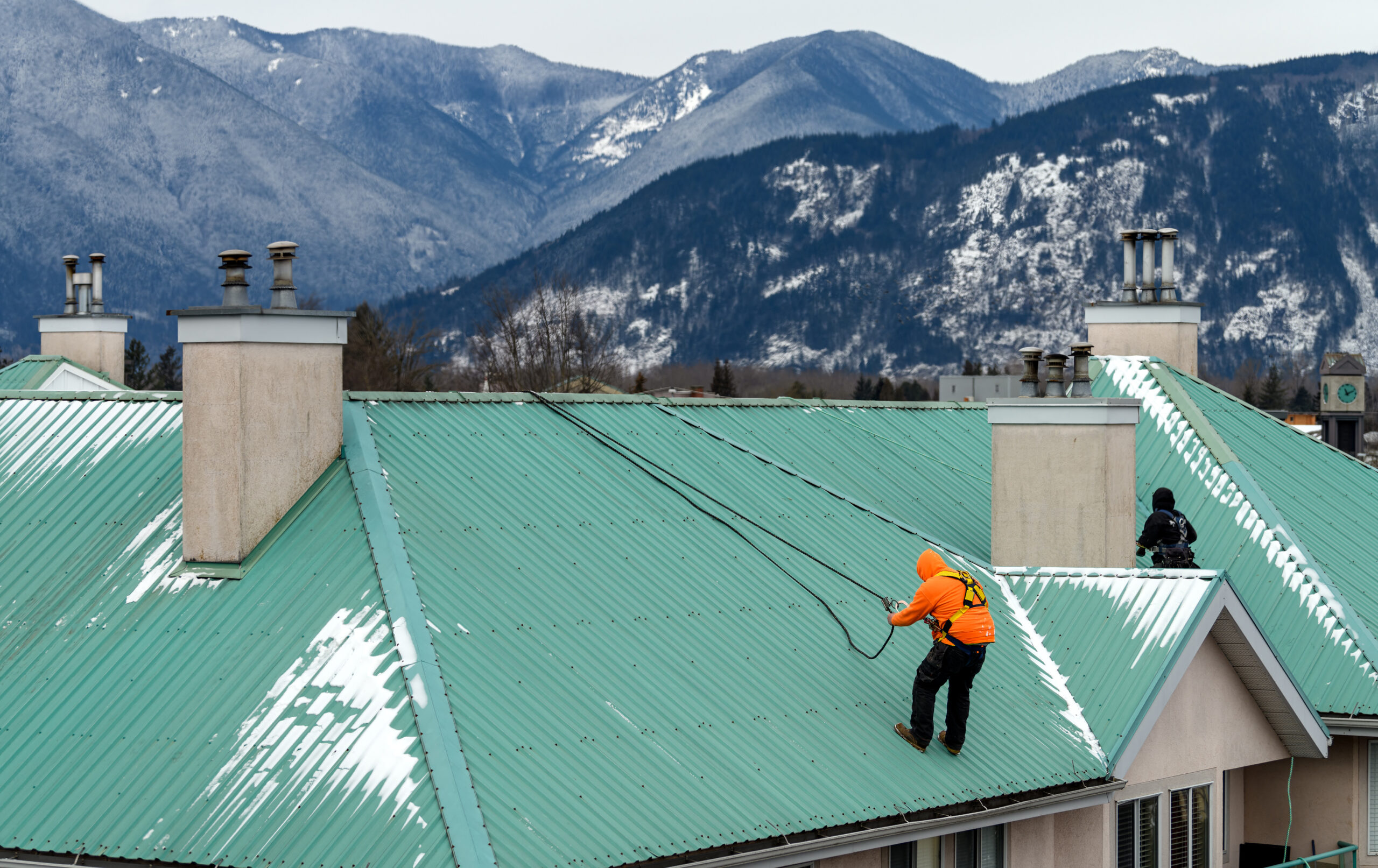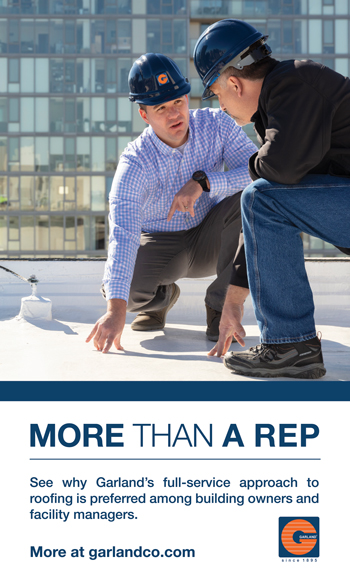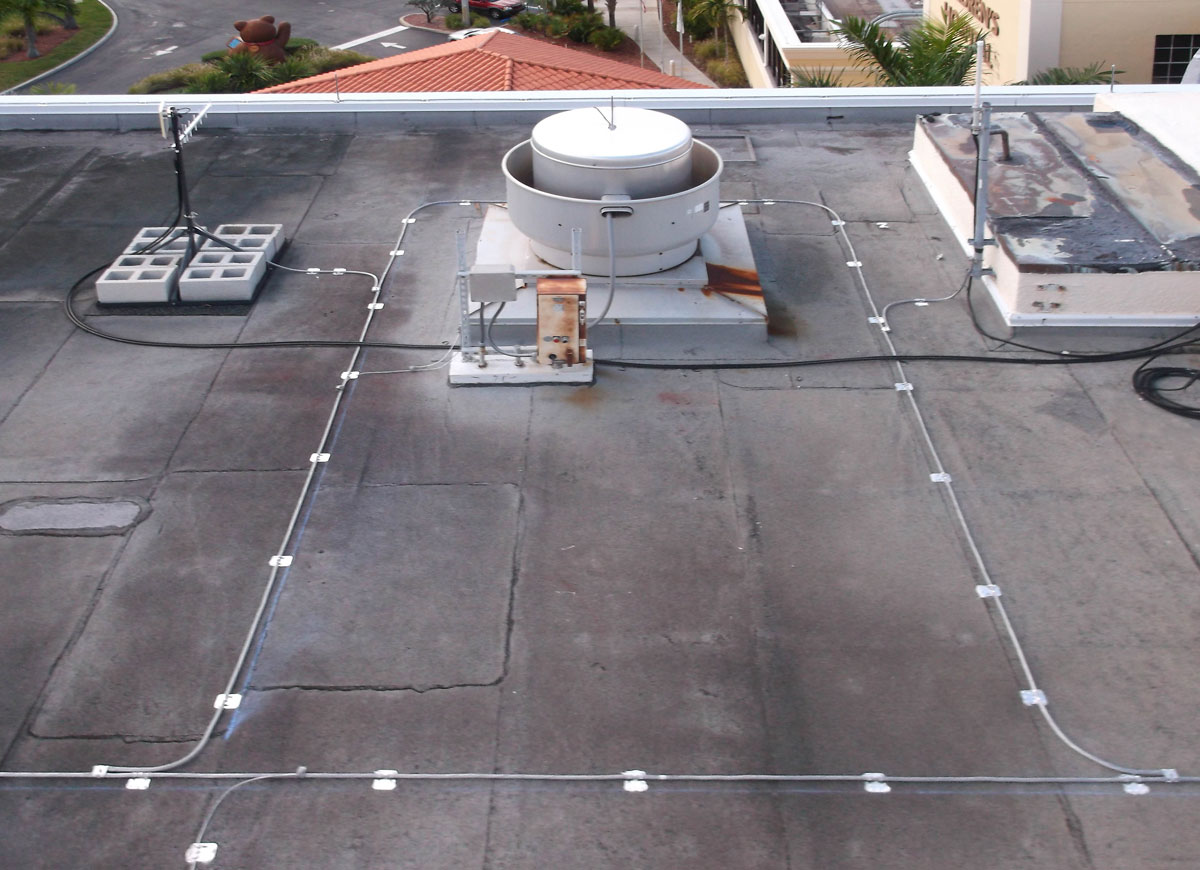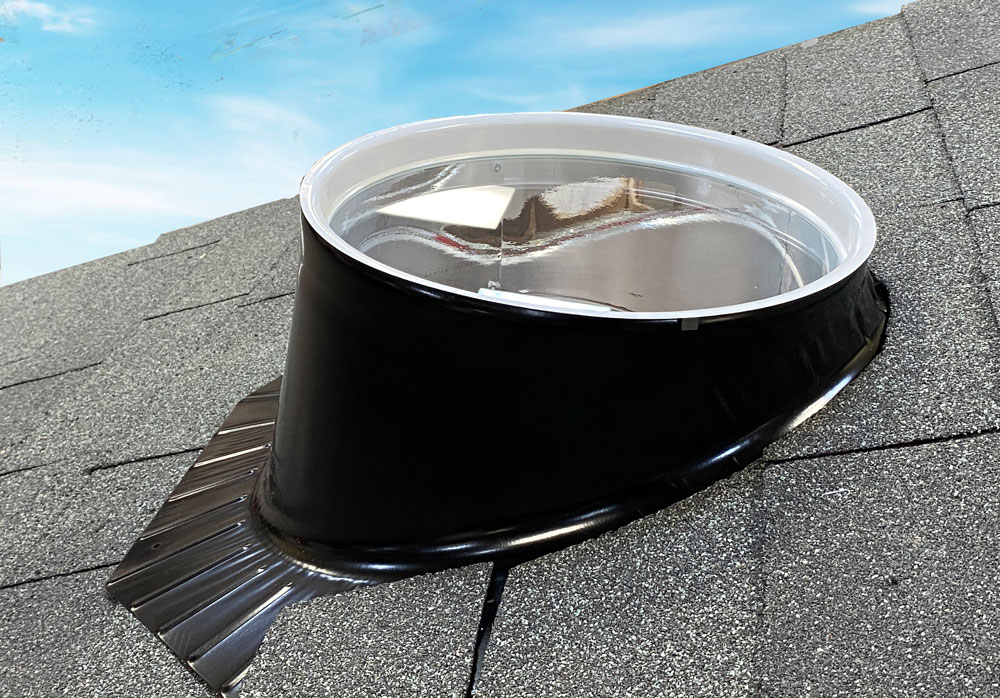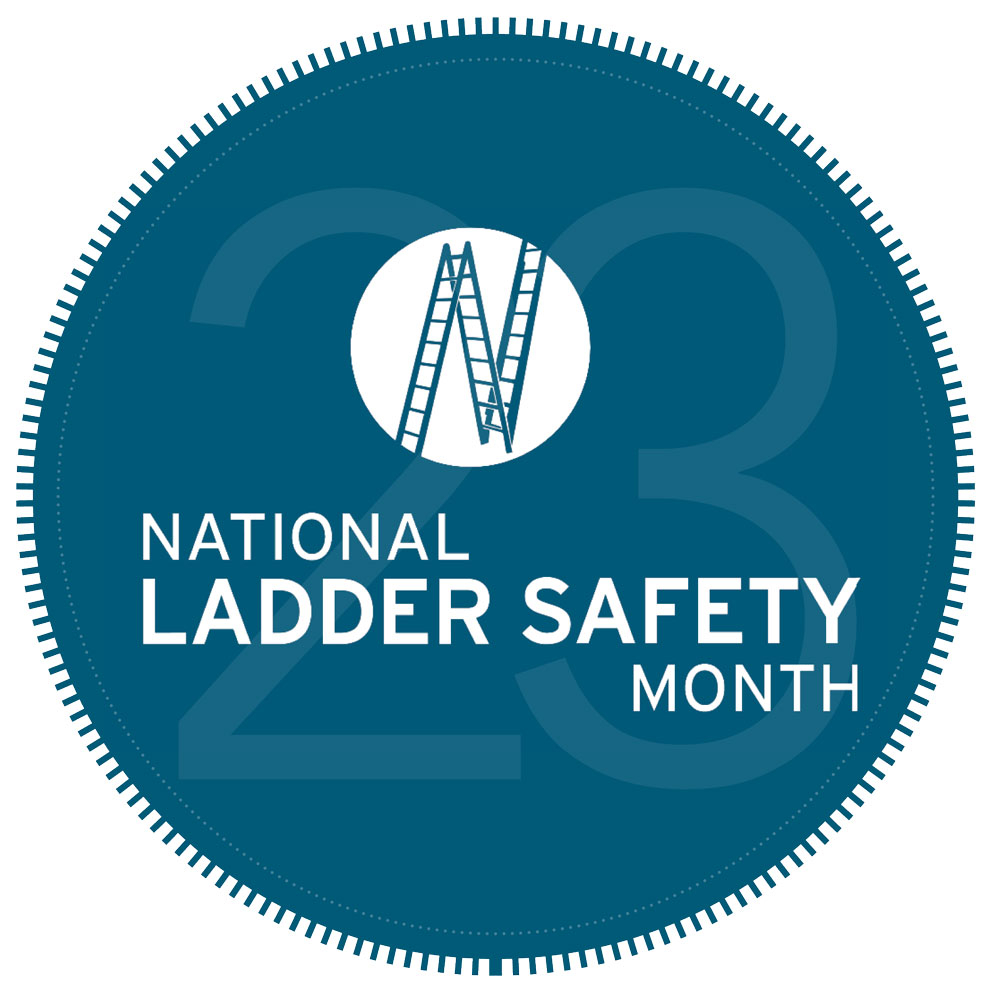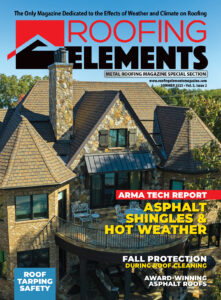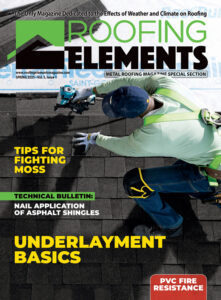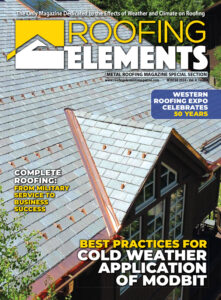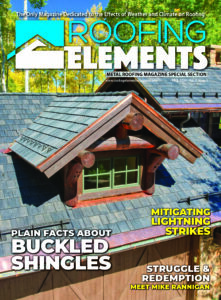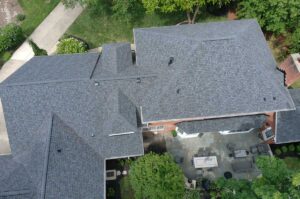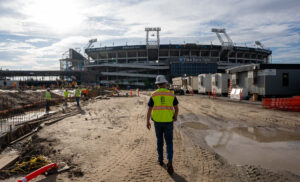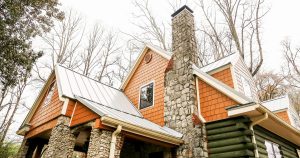Roofing work is risky, especially during extreme weather conditions. In fact, the US Bureau of Labor and Statistics classifies roofing as one of the deadliest professions after hunting and fishing. [https://www.bls.gov/news.release/pdf/cfoi.pdf] Falls from heights and related injuries from working equipment can lead to loss of life, project delays, and unexpected losses.
Proper roofing gear enhances the safety, efficiency, and confidence of workers. Therefore, it’s critical for roofing contractors and professionals to equip themselves with the right gear to keep them safe and protected, especially when working under adverse weather conditions.
Read on and learn more about choosing the right roofing gear to ensure safety and compliance in extreme weather.
Understanding the Challenges of Roofing in Extreme Weather
Extreme weather brings a lot of challenges for roofing contractors and professionals. Adverse conditions like rain, heat, snow, and wind impact the safety of workers. Investing in high-quality gear is essential, and many roofing professionals rely on American-made workwear brands known for their durability and ability to withstand harsh conditions.
Here is a breakdown of specific weather conditions and the challenges they bring.
Extreme Heat
Prolonged exposure to excessive heat can lead to exhaustion of workers and increase the risk of heatstroke. Additionally, long hours under the scorching sun lead to dehydration, reducing the productivity and concentration.
Extreme Cold
Too much cold exposes workers to the risk of hypothermia, especially if their bodies are exposed. Workers may also find it difficult to work with brittle and stiff roofing materials. This reduces their efficiency, making the project more costly.
Heavy Rain and Snow
Besides water damage to the roof structure, heavy rain and snow make the working surface slippery. Consequently, movement on the roof becomes difficult, and workers are prone to fatal falls and injuries. Rain also causes poor visibility, making it hard for workers to identify hazards.
High Winds
Strong winds can blow roofing material or knock a worker over. Winds may even cause damage to existing roofing components, making it difficult for workers to handle and secure materials. This leads to prolonged project completion schedules, work injuries, and increased costs.
Key Features to Look for in Roofing Gear
Choosing the right gear is a major step in ensuring worker safety an legal compliance. [www.osha.gov/aboutosha] Therefore, it’s crucial to understand the key features to look for while picking the right gear that will protect your workers against all types of adverse weather.
Here are the key features to look for in roofing gear.
Adaptability to weather conditions
Choose gear according to the weather conditions in your area of operation. If you are working in an area that is cold and snowy, consider gear that has moisture-wicking material, an insulating layer, and a wool lining to provide warmth.
Safety features: Choose gear that aligns with the industry’s safety standards. For roofers, you need to look for a gear that has non-slip materials, harness and attachment points, and high adjustability.
Ease of maintenance and durability: Choosing high-quality gear ensures that you require no replacements throughout the duration of the project. Also choose crease-resistant and stain-resistant gear for ease of maintenance.
Weather-Specific Gear Considerations
Since equipping workers with the right roofing gear is the first line of defense against workplace hazards, it’s crucial to choose apparel in accordance with specific weather conditions.
Here are some weather-specific gear considerations to make when choosing roofing apparel.
Protection Against Hot Sun and Extreme Heat
When working in summer, consider long sleeves and pants that cover large areas of your body. Gear that covers most of your body helps shield you against the scorching sun. Better, look for attire with ultraviolet protection factor (UPF) to protect you from UV radiation.
You should also consider breathable fabrics like cotton to keep you dry in sweaty and humid conditions. Moisture-wicking fabrics like bamboo and polyester are also an excellent choice in hot environments.
Warm Clothes for Cold Environments
If you are working in snowy, windy, and cold environments, choose gear that has layering of high-performance fabric to improve adaptability. Fabrics that have woolen lining provide warmth without bulkiness.
Protection Against Strong Wind
Strong winds can send debris, sand, and loose materials flying. Thus, you need gear that can protect you against abrasion from small, flying debris. Wind can also knock workers over. Choose gear that is flexible but not too loose to mitigate the risk of being knocked around by the wind. Ensure the gear has good layering and air gaps to insulate you from the cold that comes along with the wind.
Safety and Compliance in Extreme Weather Roofing
According to Occupational Health Safety Media, more than 50 roofing workers lose their lives due to work-related injuries every year. [https://ohsonline.com/Articles/2024/02/26/Improving-Roofer-Safety-in-2024.aspx] The statistics underscore the need for roofing professionals to adhere to OSHA’s safety guidelines for roofing work as well as local building code.
So, how can you ensure you adhere to safety and compliance guidelines in all your projects, especially during extreme weather?
Monitor the weather: Keep yourself updated on potential hazards like heavy rain, snow, and high winds. Armed with the necessary information, you can plan ahead and come up with robust measures to ensure the safety of your workers.
Invest in proper protective gear: Equip yourself or your workers with the right safety gear according to weather conditions.
Train your staff: Regularly train your workers on the best safety practices at work. The training should involve emergency response and procedures.
Implement fall protection systems: Ensure you install a comprehensive fall protection system, including warning lines system, harnesses, fall arresters, and safety monitoring systems.
Establish work stoppage procedures: Develop clear emergency procedures when weather conditions become extremely unfavorable. [https://www.osha.gov/emergency-preparedness/getting-started] Keep an open line of communication and designate safe retreat areas.
Maintaining and Replacing Roofing Gear for Maximum Protection
Roofing gear must be well maintained and replaced when necessary. A compromised gear poses a serious safety hazard. Here are tips to keep your safety apparel in good condition and safe as you work.
• Check your gear daily after work to ensure it’s safe and free from any tears or excessive wear.
• Fix small holes and tears immediately after you notice them or before they grow big.
• Clean your gear regularly following the manufacturer’s instructions
• Store your apparel in a safe, dry place away from chemicals and direct sunlight
Prioritize replacing your roofing gear when:
• It can no longer function as intended. For instance, a damaged waterproof layer on a jacket can no longer give you the needed protection.
• There are severe tears, holes, and frayed seams
• The gear no longer fits you properly
• They are more than one year old.
Final Thought
Roofing is a hazardous job, especially during extreme weather. Heavy rain, extreme heat, snow, and strong winds expose workers to the risk of getting serious injuries or falling sick. Therefore, contractors and roofing professionals must ensure the safety of workers during extreme weather by investing in the proper protective gear.

